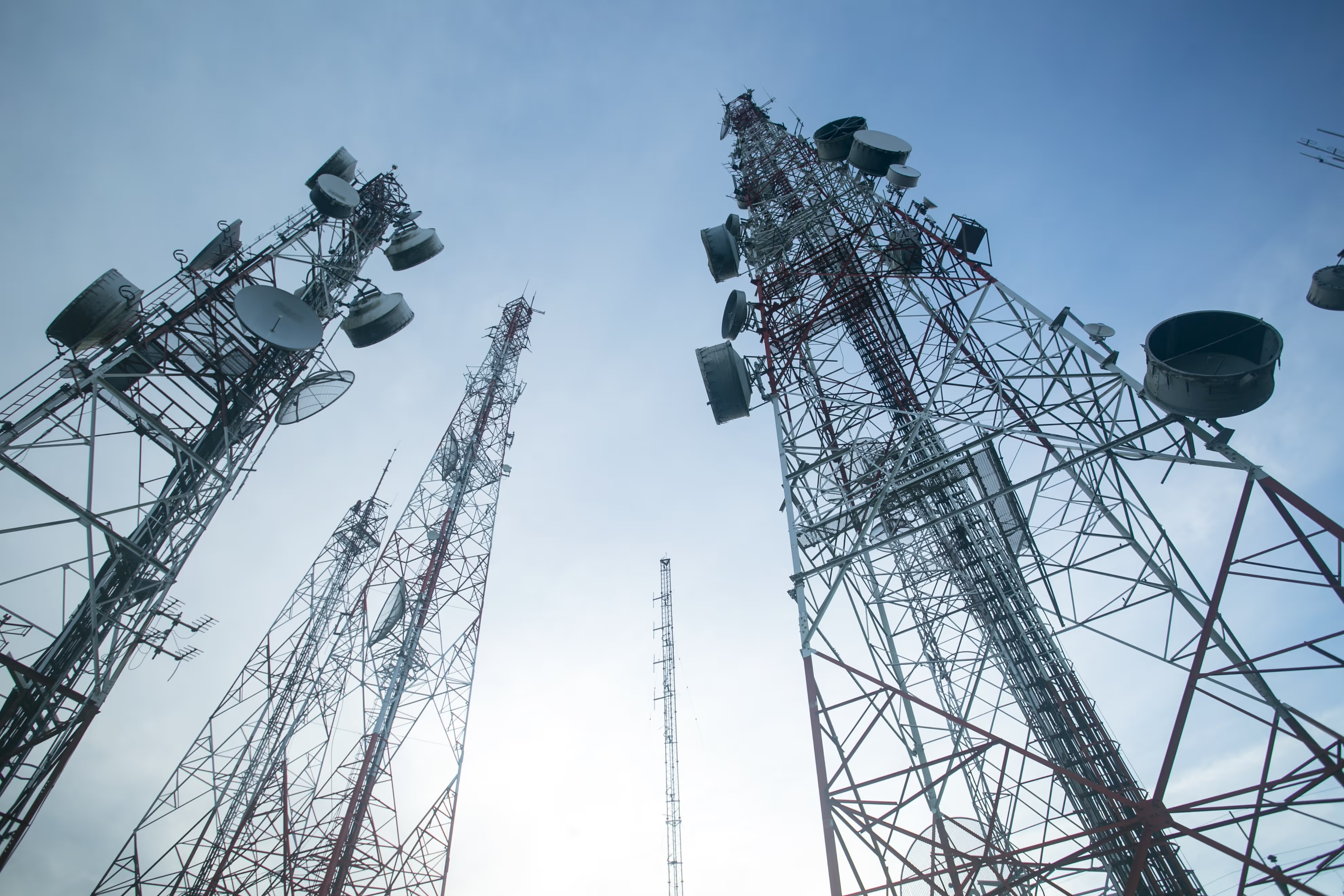Telecommunications
Telecomms
- QLX3Gx

Smarter, faster, precisely timed: the evolution of telecommunications
In today’s hyper-connected world, telecommunication infrastructure is the invisible backbone of everything from streaming video to emergency services. As networks evolvetoward 5G and beyond, the demand for high-capacity, low-latency connectivity is driving a massive shift toward small cell deployments - compact base stations that bring coverage closer to users.
But with this densification comes a critical challenge: precise timing and synchronization. Small cells must operate in perfect harmony to avoid interference, enable seamless handovers, and maintain spectral efficiency. That means timing accuracy down to microseconds - or even nanoseconds - is no longer optional.
Why low power and precise timing are reshaping telecom networks
The magic of modern telecom lies in its ability to deliver uninterrupted service across thousands of distributed nodes. Whether it’s a small cell mounted on a lamppost or a remote radio unit in a rural area, low power consumption and precise timing are what keep the network stable and scalable.
Applications
Recent innovations have made this possible:
Energy-efficient timing components that maintain accuracy even in harsh environments.
GNSS-based synchronization for universal time reference, with fallback options for redundancy.
Digital RF and SDR to adapt to changing network conditions and optimize signal integrity.
IEEE 1588 Precision Time Protocol (PTP) for packet-based synchronization across fronthaul and backhaul.
Real world impact
Small cells rely on synchronized timing to support time-division duplexing (TDD), beamforming, and coordinated multi-point transmission.
Distributed units (DUs) and central units (CUs) require stable timing to process data locally and reduce latency.
Flexible, interoperable systems depend on accurate timing to maintain performance across diverse hardware.

Telecom networks must operate across fiber, wireless, and satellite links - often in unpredictable conditions. Wouldn’t it be ideal if small cells could reconfigure their timing sources and maintain synchronization even when GNSS signals are lost?
That’s where Qualinx Digital RF shines, enabling dynamic adjustments without draining power or adding bulk.
With billions of data packets flowing through telecom networks every second, timing isn’t just about performance - it’s about trust. Secure synchronization protocols and tamper-resistant timing sources ensure that data arrives when and where it’s supposed to, without compromise.
Telecom infrastructure is no longer just about coverage - it’s about precision, resilience, and adaptability. And thanks to low-power innovation and ultra-accurate timing, it’s ready to meet the demands of a truly connected future.
Contact our team for detailed information, a personalized demo, or to explore how our solutions can support your business


